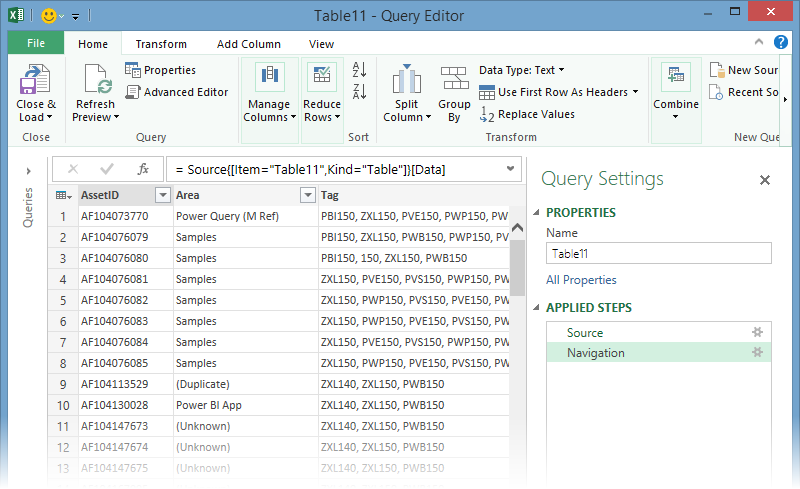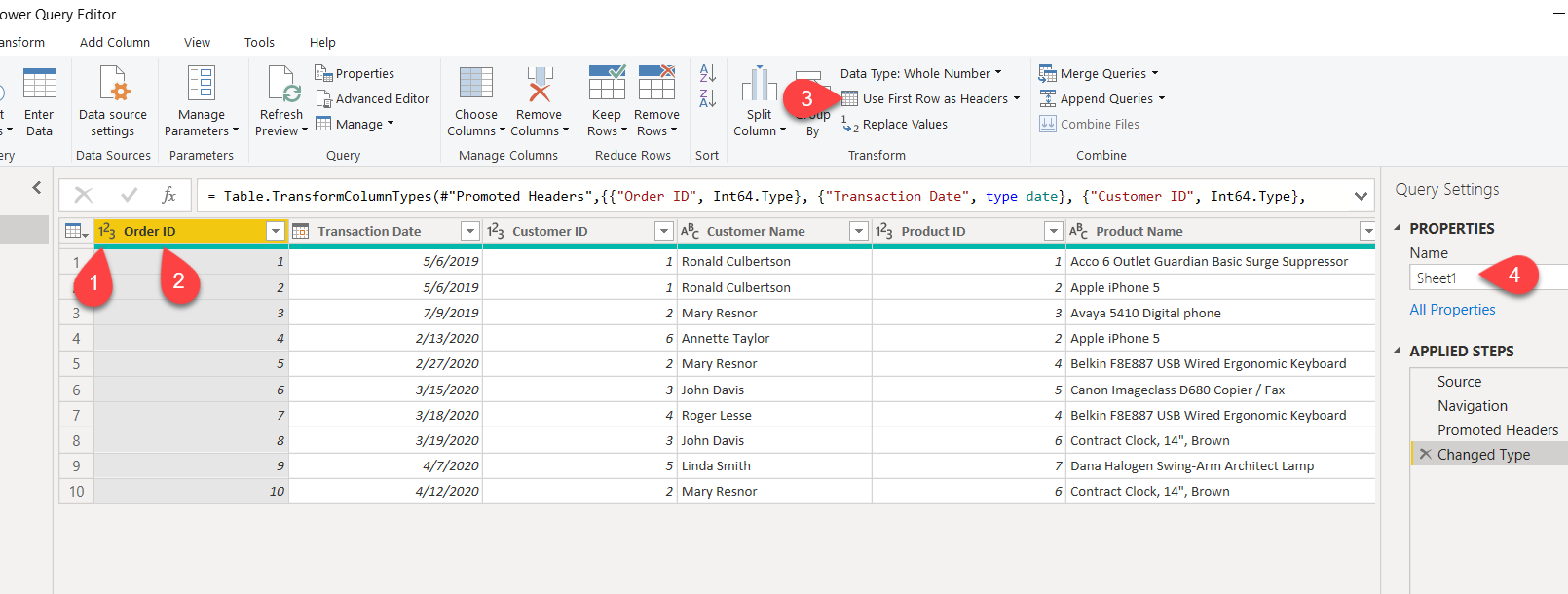
In Power BI, go to File/Options & Settings/Options/Current File/Data Load and turn off “Automatically detect column types and headers for unstructured sources”:.In Excel’s Power Query window, go to File/Options & Settings/Query Options/Current Workbook/Data Load and turn off “Automatically detect column types and headers for unstructured sources”: You can modify the Power Query options settings to prevent this from happening.By default, Power Query automatically adds query steps that promote headers and change data types in your query after certain transformations are performed.Tip #3: Turn Off Automatically Detect Column Types If you do need to analyse data at the time level, split your datetime column into a date column and a time column to store the data more efficiently.This reduces the amount of information stored in your date columns, which reduces the size of your model and makes it run more efficiently. If you don’t need to analyse data at the time level, change your datetime columns to the date data type.When working with datetime data, consider whether your report needs to analyse data at the time level.Tip #2: Change DateTime data to the Date Type Pushing this step to the end of your query thus makes it easier to debug your query later if columns are renamed or removed.

This can cause your query to break if the columns in your changed type step are removed or renamed outside of Power Query or in a later step.


Free Online Financial Modelling TrainingĪssigning data types is an essential step when working with Power Query in Excel or Transform Data in Power BI Desktop.

Solver Corporate Performance Management.


 0 kommentar(er)
0 kommentar(er)
